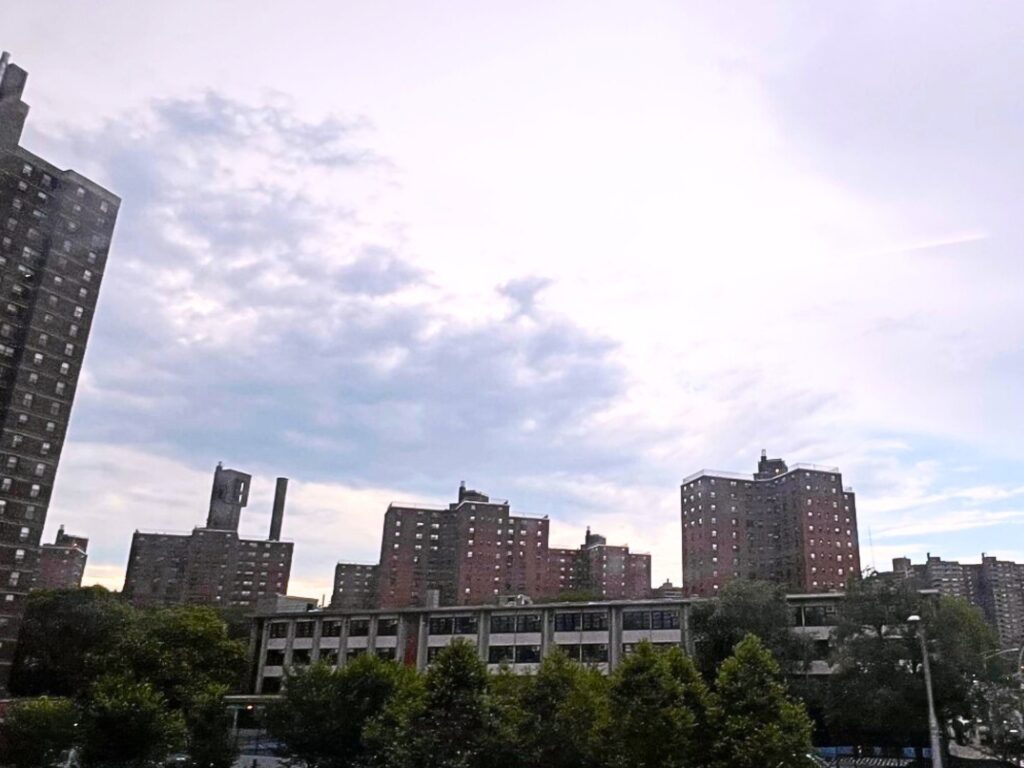Tucked between the East River and FDR Drive in Manhattan’s Lower East Side, the Bernard M. Baruch Houses make up one of NYCHA’s largest residential complexes. With over 2,000 apartments across nearly two dozen high-rise towers, the development has long been a central part of New York City’s public housing landscape. But like many NYCHA-managed properties, the Baruch Houses face chronic maintenance issues including issues that can put residents at risk. From defective elevators and broken stairwells to ceiling collapses and hazardous walkways, injuries at the Baruch Houses are not uncommon. And when NYCHA fails to uphold its basic duty of care, tenants have legal rights.
A Legacy of Neglect
Completed in the 1950s and named for financier and presidential advisor Bernard M. Baruch, the development was originally a symbol of modern public housing. Located near Delancey Street and East Houston, the Baruch Houses span over three city blocks and sit just north of the Lillian Wald and Riis Houses. Today, many of its buildings are in disrepair. Residents regularly report issues such as: inoperable elevators, poor lighting in stairwells and corridors, cracked or uneven pavement, and ceiling collapses or falling debris. When these conditions lead to injury, tenants and their families are often left to deal with the consequences, unless legal action is taken.
What Happens When NYCHA Negligence Causes Harm?
Under New York law, NYCHA has a legal responsibility to maintain safe and habitable housing. That includes everything from keeping stairways secure to ensuring elevators work properly and common areas are lit, dry, and clean. If a hazardous condition on the property causes you to slip, fall, or otherwise suffer injury, NYCHA may be held liable. Some of the most common accidents at Baruch Houses and similar NYCHA developments include: slip-and-fall injuries due to wet floors or broken tiles, ceiling collapses causing head or neck trauma, trips on cracked sidewalks or interior walkways, elevator malfunctions that cause sudden drops or entrapment, and stairwell accidents caused by missing handrails or poor lighting.
Acting Quickly Is Critical
Claims against NYCHA require strict adherence to legal deadlines. Most notably, you must file a Notice of Claim within 90 days of the injury. This notice puts NYCHA on alert that you intend to pursue legal action and triggers their internal investigation process. Missing this deadline could jeopardize your right to recover compensation. That’s why it’s essential to work with an attorney who understands the specific procedures and defenses NYCHA uses, including attempts to shift blame through contributory negligence or third-party contractors.

How The Dearie Law Firm, P.C. Can Help
For over 30 years, The Dearie Law Firm, P.C. has fought on behalf of NYCHA residents injured due to negligence. We know how to investigate the accident scene, preserve critical evidence, including video or inspection records, identify whether NYCHA or a private contractor was responsible, file all paperwork on time and negotiate for full compensation, and take your case to court if NYCHA refuses to settle fairly. If you or a loved one was injured at the Bernard M. Baruch Houses, don’t wait.
Contact Us Today
NYCHA owes its residents more than shelter and that’s this: it owes them safety. If NYCHA negligence caused your injury at the Baruch Houses, we’re ready to fight for you. Contact The Dearie Law Firm, P.C. today for a free consultation. You won’t pay unless we recover compensation for you.

